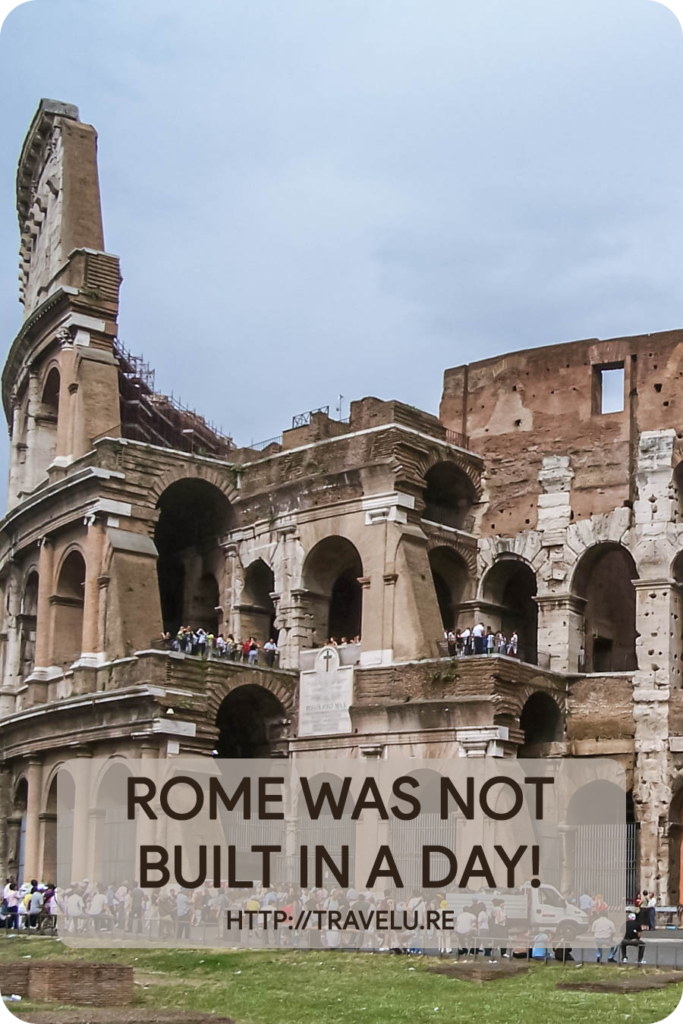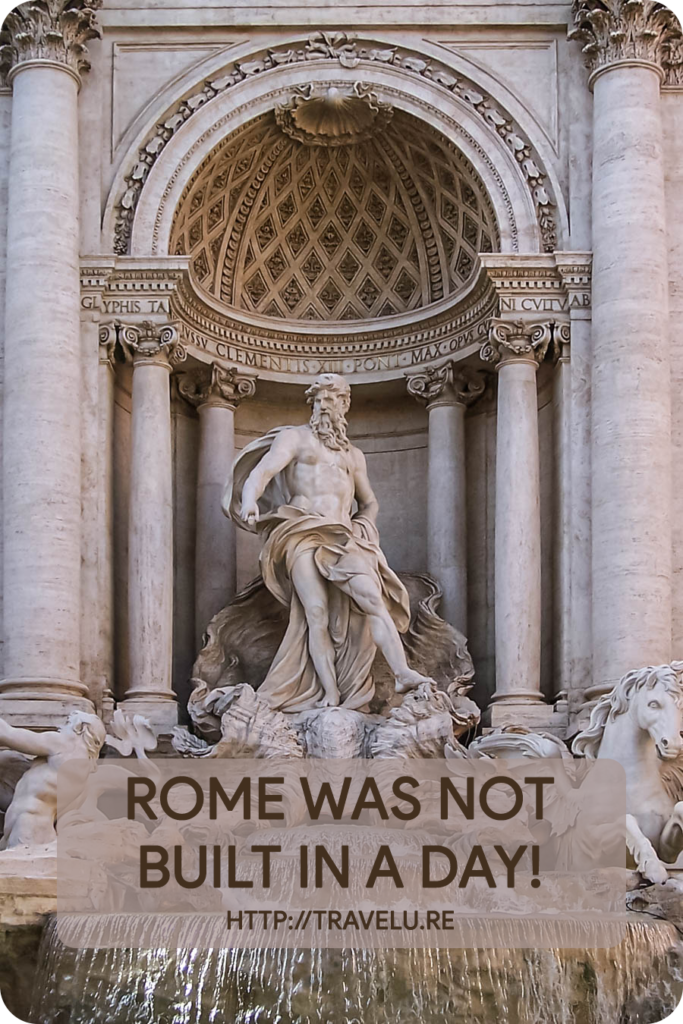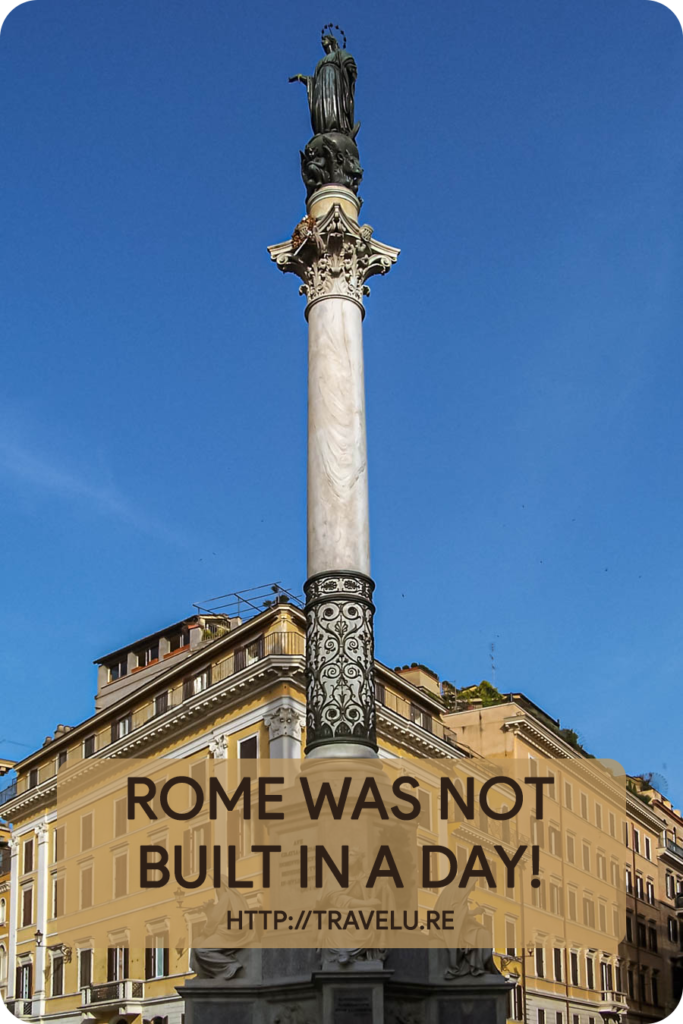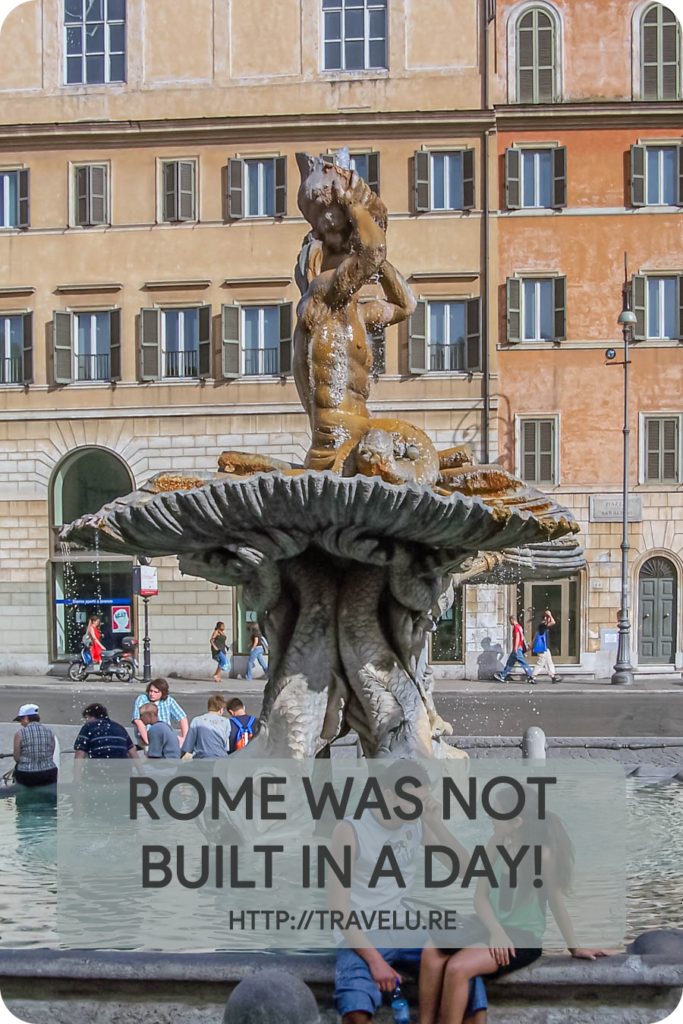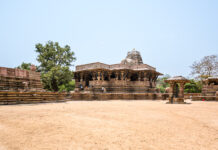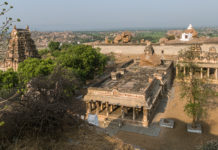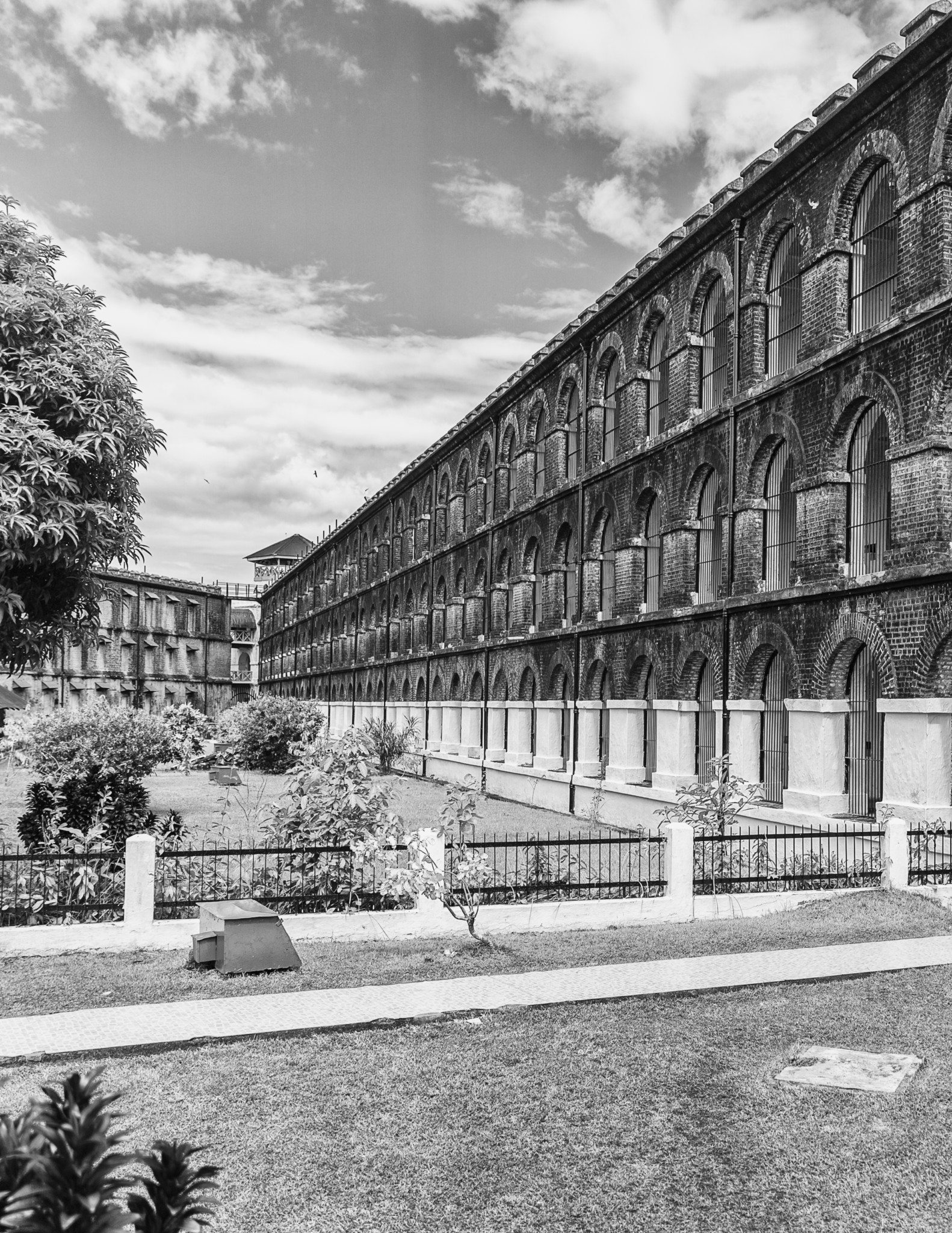Rome Was Not Built in a Day
“Rome was not built in a day” is an adage that refers to the need for time to create grand things. The first reference to this proverbial statement appears in a medieval French poetry collection from 1190 CE. Enough to understand the timeframe to build this majestic city.
How long? Roman history dates back to 753 BCE, but, according to archeological evidence, humans have lived in the city for the last 14,000 years. So much so the 1st-century BCE Roman poet Tibullus called it an eternal city. One of the first cities described as Caput Mundi (Capital of the World), it occupies a rightful place alongside Jerusalem, and Constantinople (Istanbul).
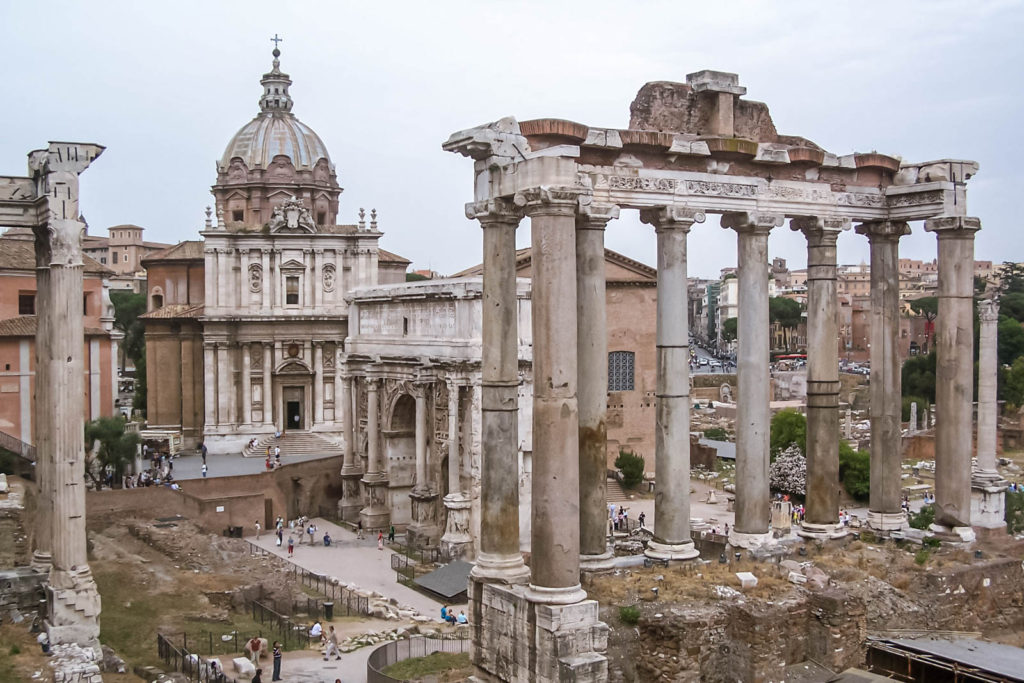
Rome – Ancient Architecture
Some of the oldest and the most remarkable remnants belong to the Roman Empire era. Roman Forum, a rectangular plaza in the center of the city is one. The ruins of several important government buildings surround it. Starting as a marketplace, for many centuries it occupied the centre stage for the day-to-day life of Rome. It was the site of victory parades, elections, public speeches, criminal trials, gladiatorial contests, a hub of commerce, and more.
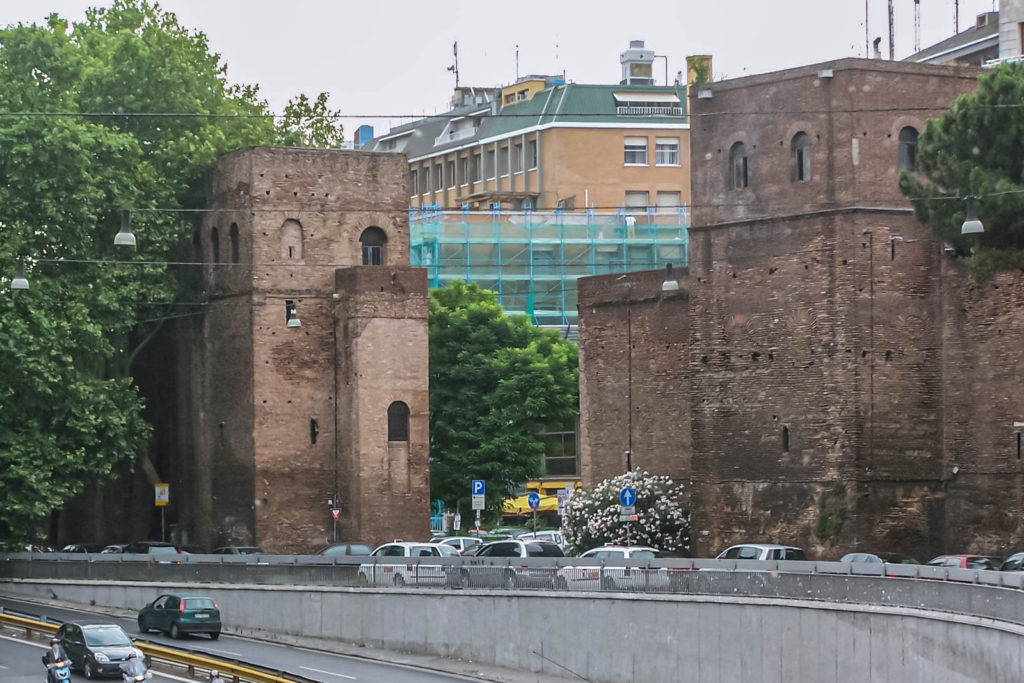
In a valley between Capitoline and Palatine Hills, Forum is a sprawling spread of architectural ruins that once commemorated the city’s greats through the erection of their lifelike statues. As a part of the UNESCO-inscribed Historic Centre of Rome, every year it attracts over 4.5 million visitors.
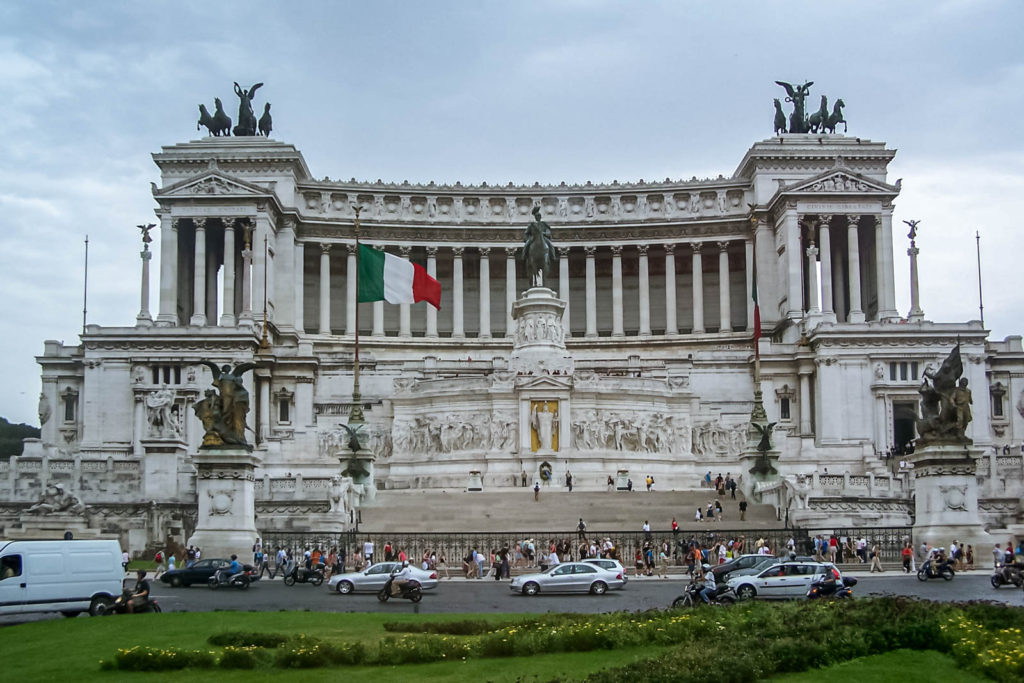
In the vicinity lies Victor Emmanuel II National Monument. Conceived as a modern-day Forum, it commemorates Victor Emmanuel II, the first king of unified Italy. A large portico characterised by a colonnade dominates this marvel.
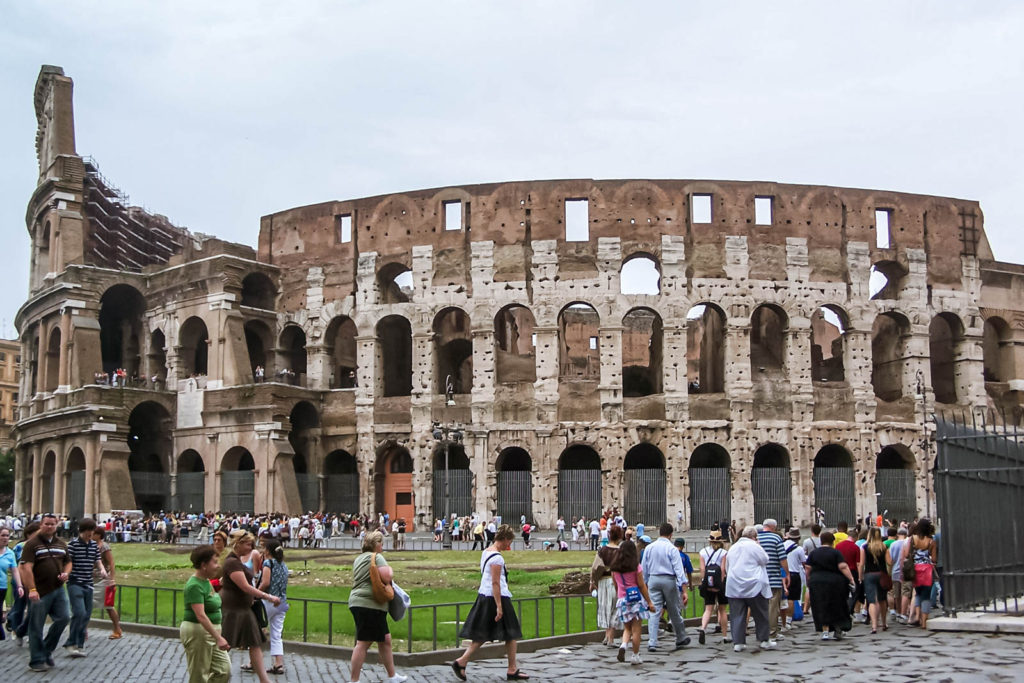
The Colosseum
Built over 2000 years ago, Colosseum is still the largest amphitheatre in the world that can seat 50,000. Its actual name is Flavian Amphitheatre, named after the Flavian line of Roman Emperors. It got the name Colosseum because of an adjoining, now-extinct massive statue – the Colossus of Nero.
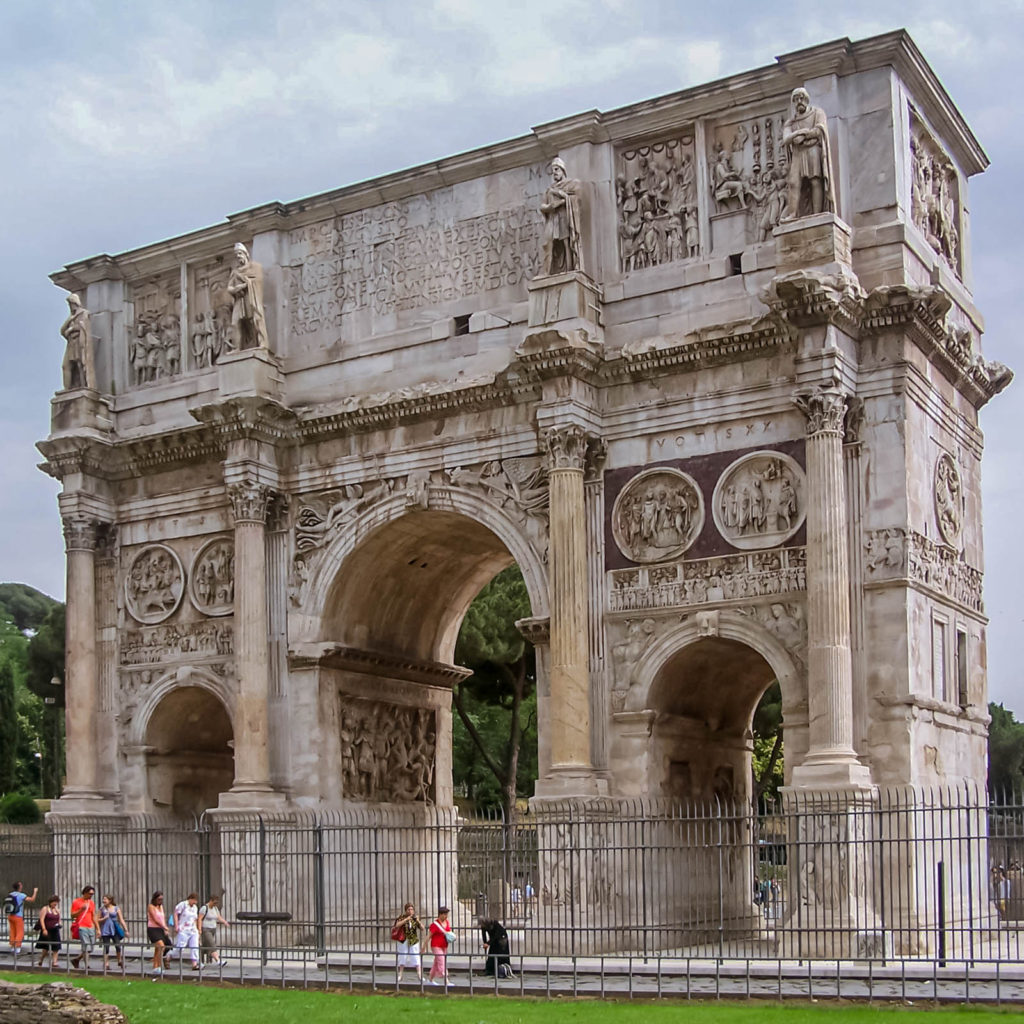
Over 400,000 gladiators and over a million animals lost their lives here in the 550-600 years of contests held here. Thanks to its 84 gates, all spectators can get in and sit in just 20 minutes. The structure is so huge it galvanised me into buying an ultra-wide lens after my trip as I couldn’t fit it in my frame!
Renaissance and Neoclassical Architecture
From the Renaissance period beginning the 15th century, all Popes from Nicholas V onwards pursued a concerted architectural and urban programme. As a result, important styles like Baroque and Neoclassicism originated in Rome.
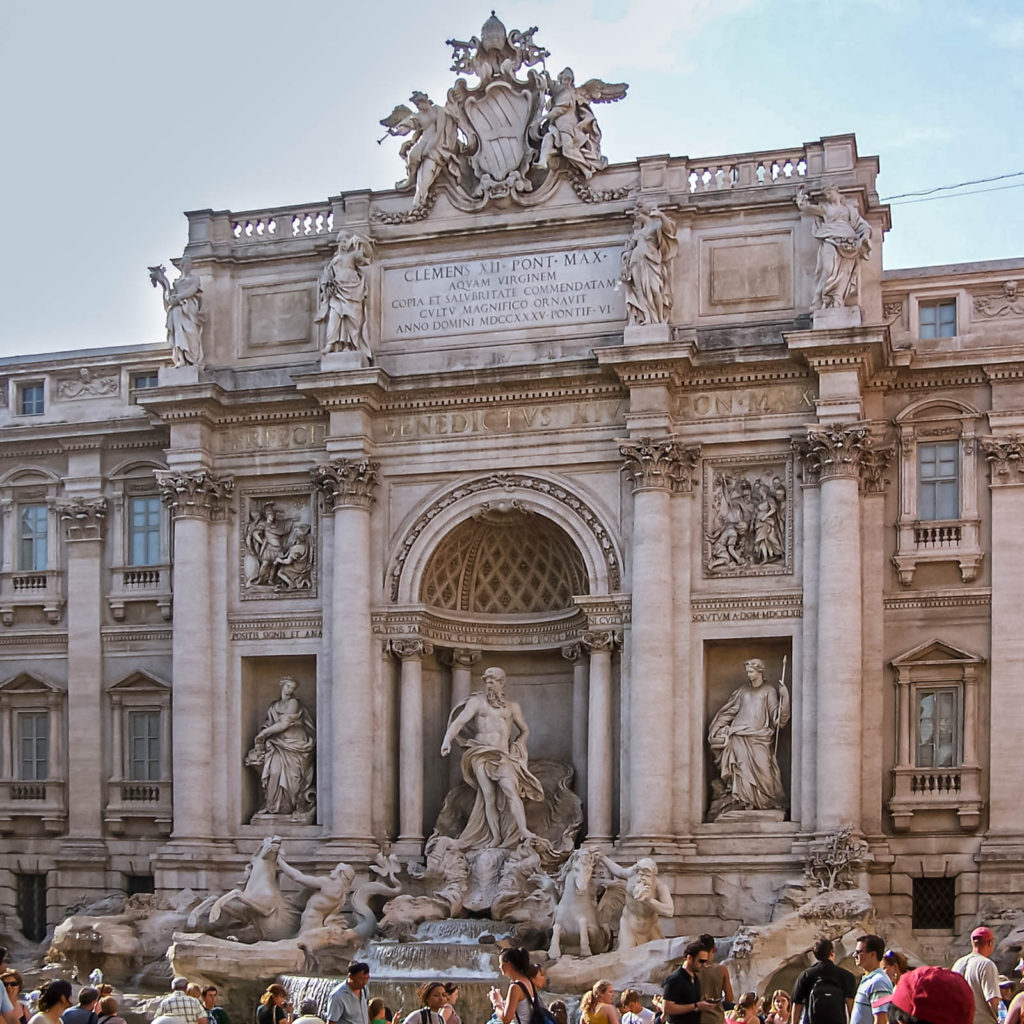
Trevi Fountain is the oldest water source in Rome. As they built it at the end of the aqueduct on a junction of three roads (tre vie), hence the name Trevi, or three-street fountain. A tradition of throwing a coin in the fountain dates back over two centuries. Legend has it that throwing one coin will get you to return to Rome, a second coin will help you win your loved one, and a third coin is for wedding bells! The legalisation of Lotto led to the required money that funded this masterpiece. When open, visitors throw over €3,000 in coins into Trevi daily and this money goes to a charity.
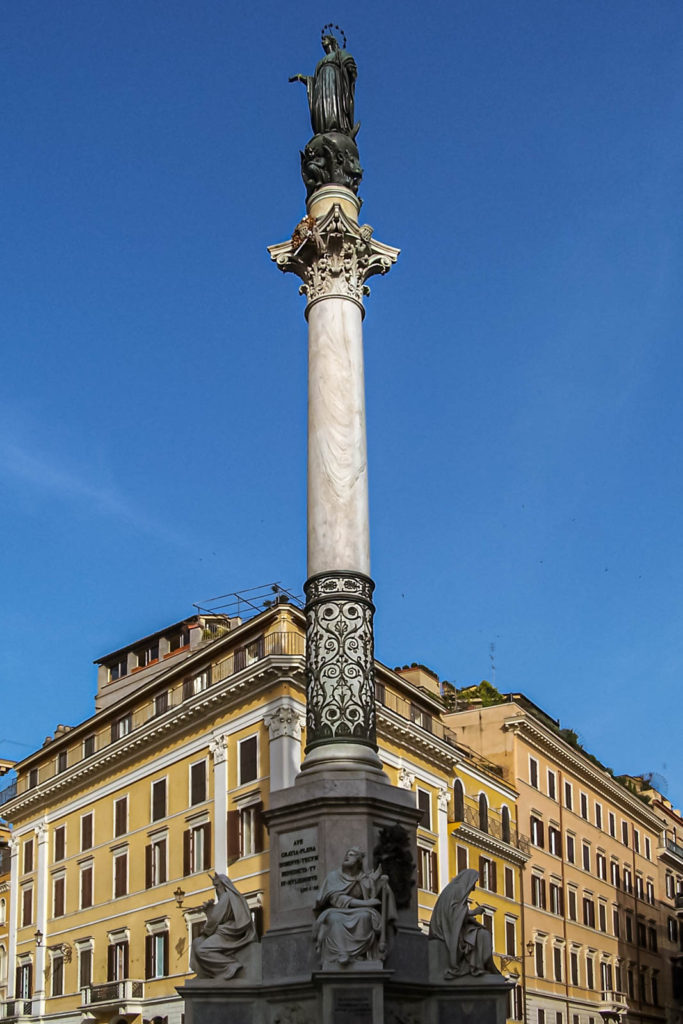
The tall Column of Immaculate Conception, marks a nearby square – Piazza Mignanelli. This 19th-century column includes a Corinthian column, Biblical figures, and a bronze Virgin Mary stomping a serpent. Every year, on the 8th of December, the Pope visits it to pay a floral tribute here.
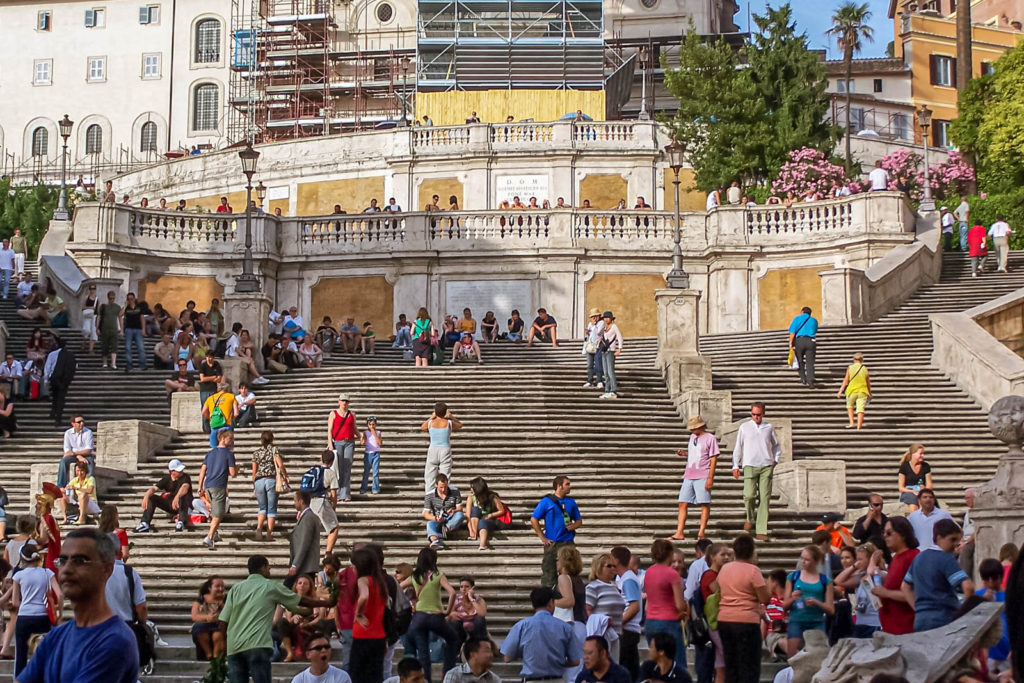
Spanish Steps
To link the Trinita Dei Monti, a church under French Patronage, with the Spanish square below, French diplomat Etienne Gueffer funded Spanish Steps in the early 18th century. The expanse of the steps attracted artists, painters, and poets, which attracted beautiful women hoping to model for them. That attracted rich Romans and travellers. Ever since, the tradition of steps being a meeting place has lived on. But now the times have changed. Sitting on the steps can attract a minimum fine of €250.
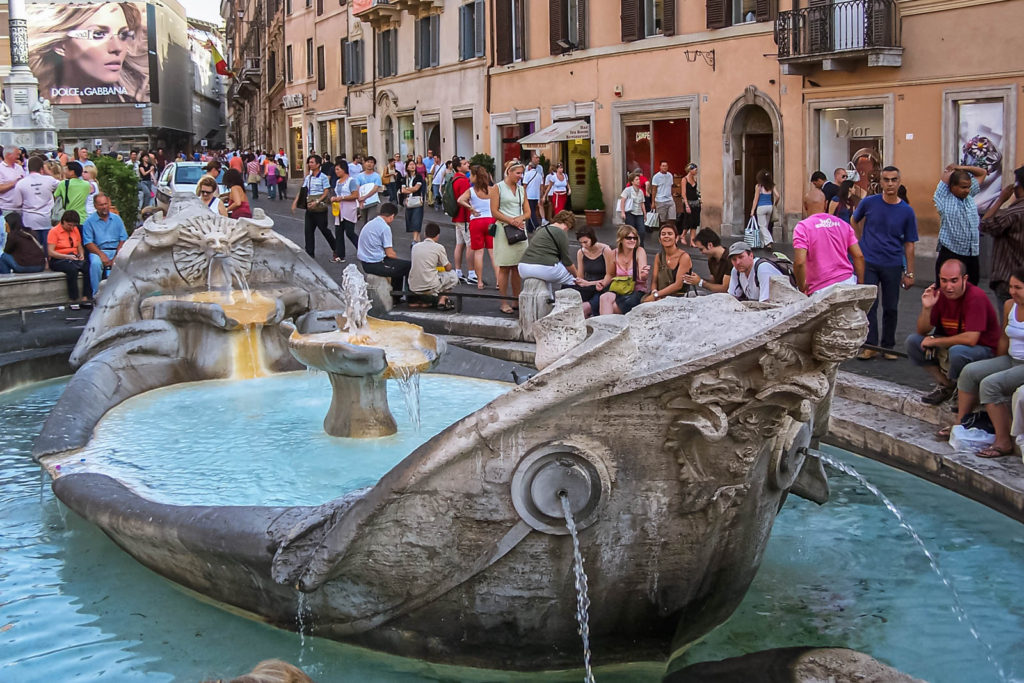
At the base of the Spanish Steps, there is an early Baroque fountain Fontana Della Barcaccia (Fountain of the Boat). This fountain has the form of a sinking ship.
Walking around Rome, I saw period architecture scattered all over the city. In this post, I didn’t mean to provide an elaborate guide to Rome but only to give you a flavour of this megapolis. Next week I’ll take you along to an independent country in this city. Savour these posts, and you will soon plan a trip to Rome.

